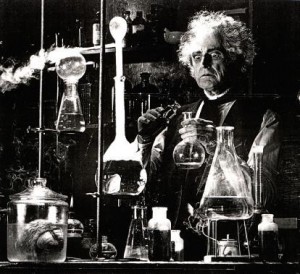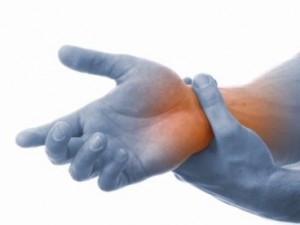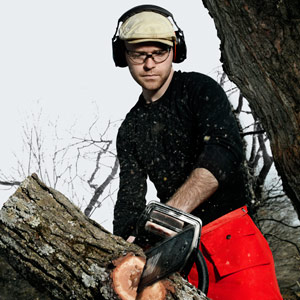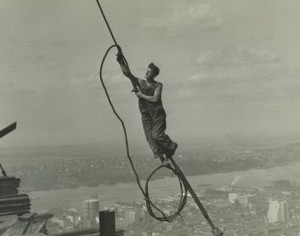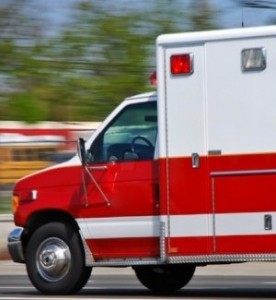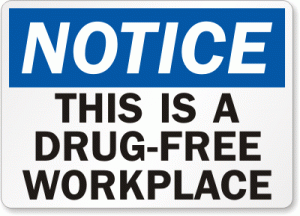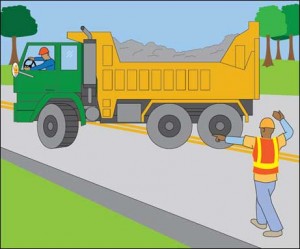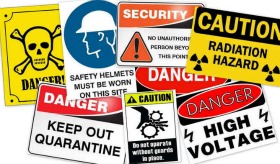 1. Safety is a team effort. Ensure that every member of the crew knows the safety requirements before the job is started.
1. Safety is a team effort. Ensure that every member of the crew knows the safety requirements before the job is started.
2. Safety is your responsibility.
3. Always communicate with co-workers during a job in order to maintain safety.
4. Don’t create unnecessary hazards. Notify others of both new and old ones.
5. Never take shortcuts. Always follow correct procedures.
6. Wear metal mesh gloves to protect your hands when using sharp knives regularly.
7. Keep your work area clean and orderly.
8. If you make a mess, clean it up. Never let safety be someone else’s job.
9. Keep access clear to emergency exits, equipment, and equipment shutoffs.
10. Prevent accidents by clearly identifying any hazards that cannot be removed.

